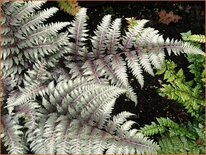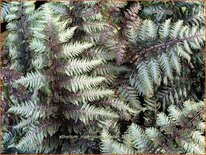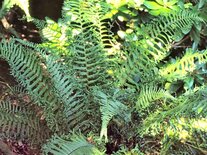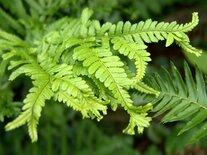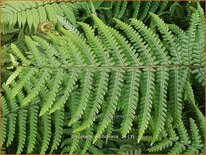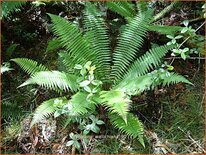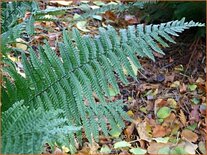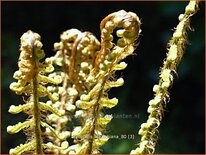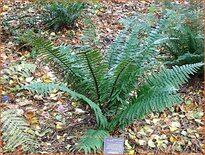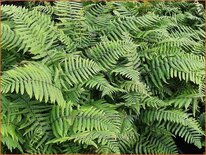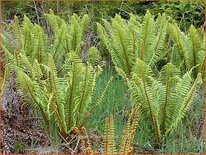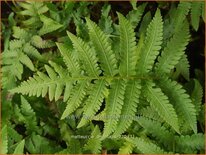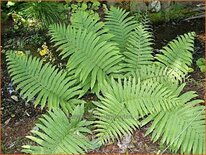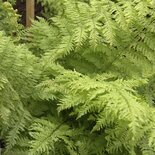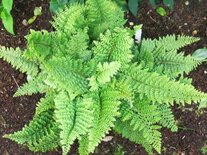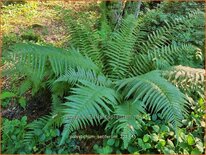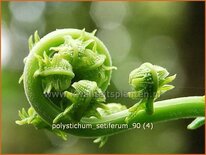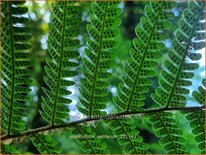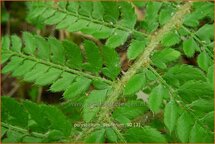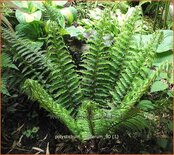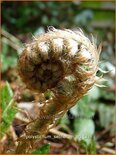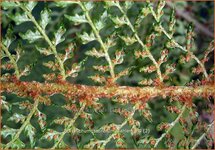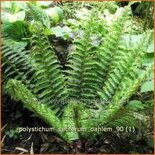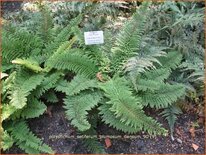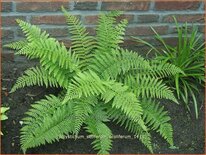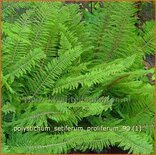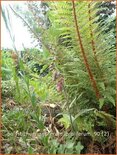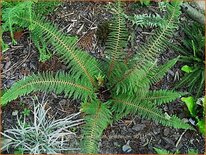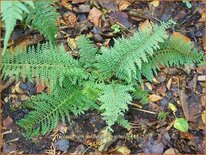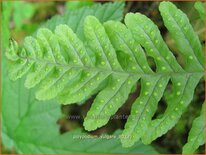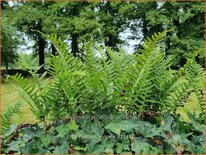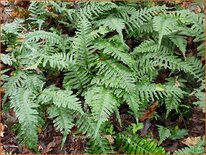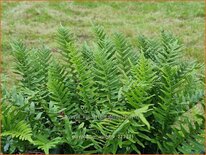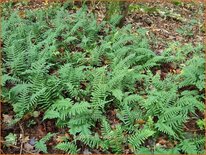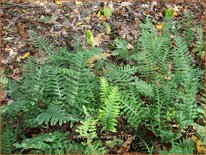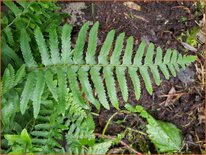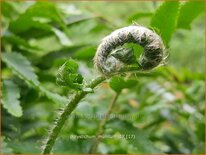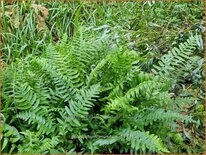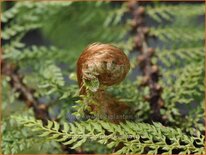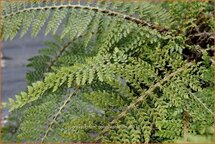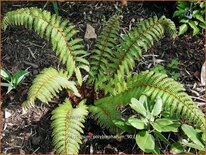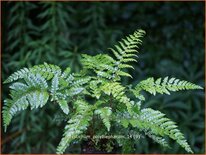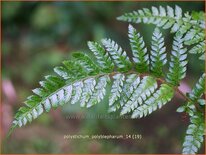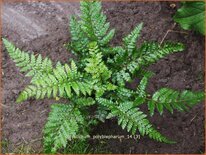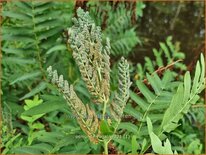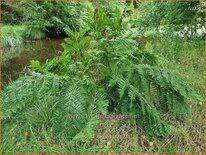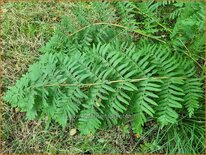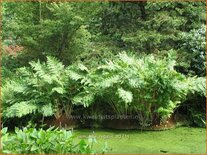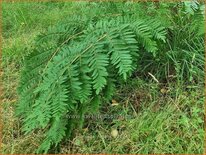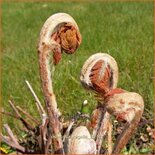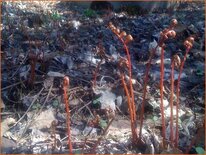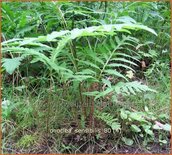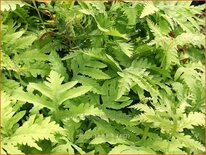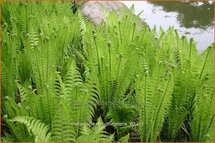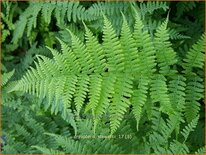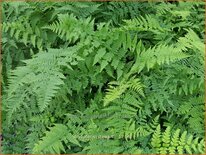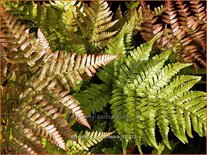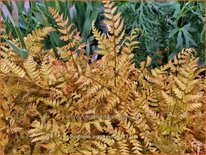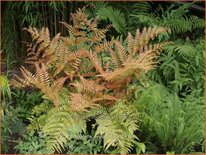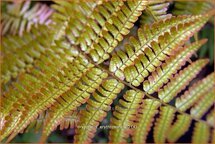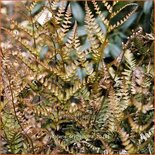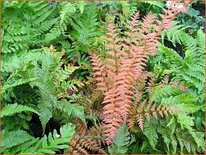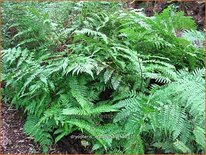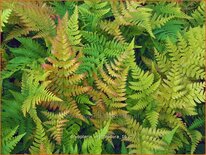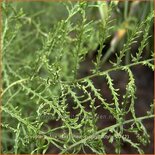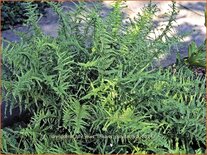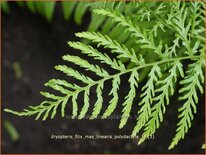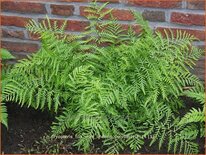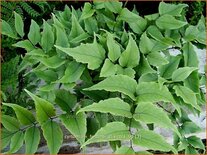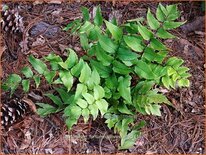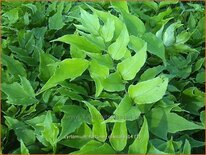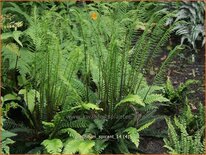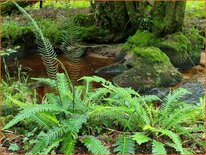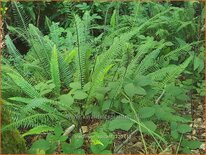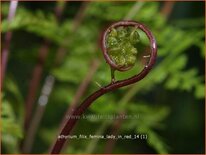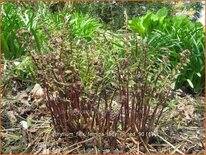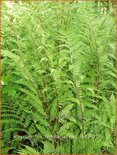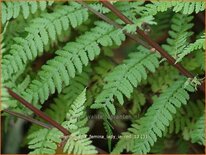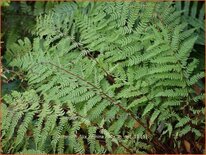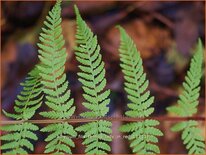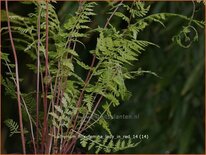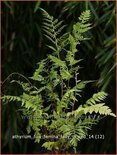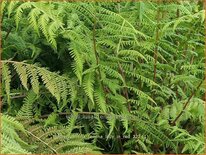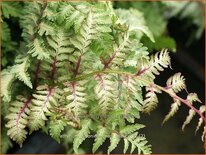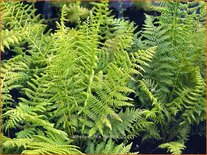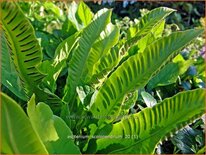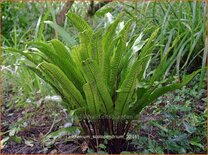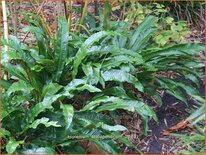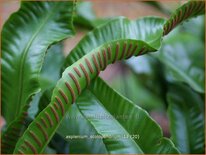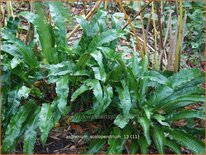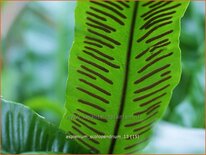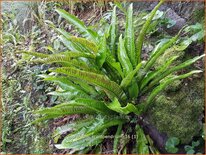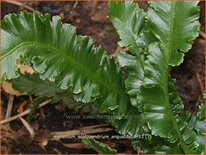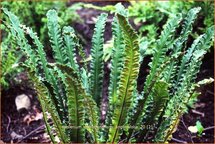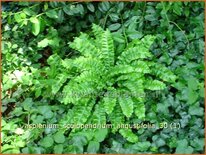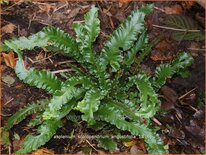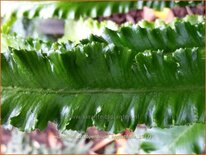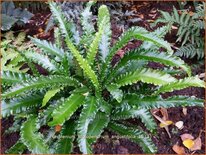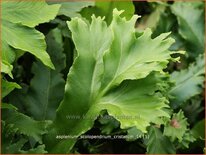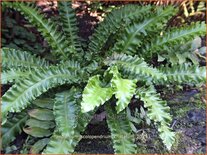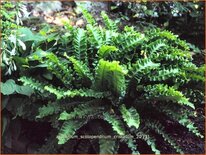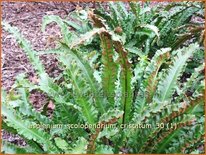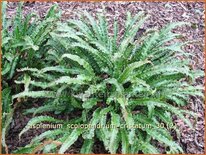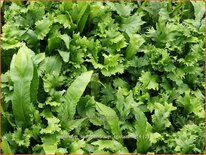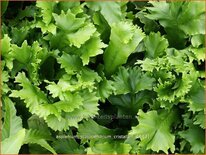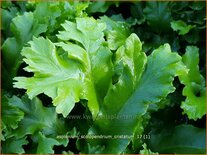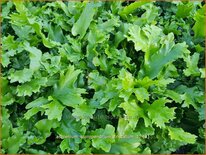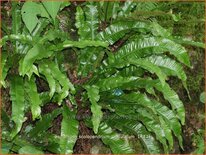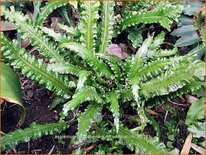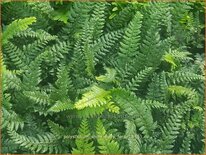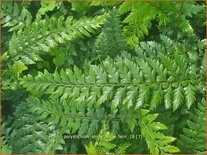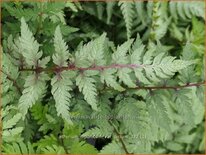There are no products in your shopping cart yet.
Ferns
Find your Plant
close
- Acaena
- Acanthus
- Achillea
- Acinos
- Acis
- Aconitum
- Acorus
- Actaea
- Actinidia
- Adenophora
- Adiantum
- Aegopodium
- Aethionema
- Agapanthus
- Agastache
- Agrimonia
- Ajuga
- Albuca
- Alcea
- Alchemilla
- Allium
- Alopecurus
- Aloysia
- Alstroemeria
- Althaea
- Alyssum
- Amicia
- Ammophila
- Amorpha
- Amorphophallus
- Amsonia
- Anacyclus
- Anaphalis
- Anchusa
- Andropogon
- Anemanthele
- Anemone
- Anemonella
- Anemonopsis
- Anethum
- Angelica
- Antennaria
- Anthemis
- Anthericum
- Anthoxanthum
- Anthriscus
- Anthyllis
- Apios
- Apium
- Aquilegia
- Arabis
- Arachniodes
- Aralia
- Arctanthemum
- Arctostaphylos
- Arenaria
- Arisaema
- Arisarum
- Armeria
- Armoracia
- Arnica
- Arrhenatherum
- Artemisia
- Arthropodium
- Arum
- Aruncus
- Arundo
- Asarum
- Asclepias
- Asperula
- Asphodeline
- Asphodelus
- Asplenium
- Astelia
- Aster
- Astilbe
- Astilboides
- Astrantia
- Athamanta
- Athyrium
- Aubrieta
- Aurinia
- Azorella
- Ballota
- Baptisia
- Barbarea
- Beesia
- Begonia
- Belamcanda
- Bergenia
- Berkheya
- Beschorneria
- Bidens
- Blechnum
- Bletilla
- Boehmeria
- Boltonia
- Borago
- Bouteloua
- Boykinia
- Brachyelytrum
- Brachypodium
- Briza
- Brunnera
- Buglossoides
- Bulbine
- Buphthalmum
- Bupleurum
- Calamagrostis
- Calamintha
- Calanthe
- Calceolaria
- Callirhoe
- Caltha
- Calylophus
- Camassia
- Campanula
- Cardamine
- Cardiocrinum
- Carex
- Carlina
- Carum
- Caryopteris
- Catananche
- Caulophyllum
- Cenolophium
- Centaurea
- Centranthus
- Cephalaria
- Cerastium
- Ceratostigma
- Chaenorhinum
- Chaerophyllum
- Chamaemelum
- Chartolepis
- Chasmanthium
- Cheilanthes
- Chelidonium
- Chelone
- Chelonopsis
- Chenopodium
- Chiastophyllum
- Chionochloa
- Chionodoxa
- Chloranthus
- Chrysanthemum
- Chrysogonum
- Chrysopogon
- Chrysopsis
- Chrysosplenium
- Cicerbita
- Cichorium
- Circaea
- Cirsium
- Cistus
- Clematis
- Codonopsis
- Colchicum
- Collinsonia
- Colocasia
- Colutea
- Comanthosphace
- Commelina
- Coniogramme
- Convallaria
- Convolvulus
- Coreopsis
- Coriandrum
- Cornus
- Coronilla
- Cortaderia
- Corydalis
- Corynephorus
- Cosmos
- Cotula
- Crambe
- Crassula
- Crocosmia
- Crocus
- Cryptotaenia
- Currania
- Cyathea
- Cyclamen
- Cymbalaria
- Cymbopogon
- Cynanchum
- Cynara
- Cynoglossum
- Cyperus
- Cypripedium
- Cyrtomium
- Dactylis
- Dactylorhiza
- Dahlia
- Dalea
- Darmera
- Datisca
- Daucus
- Deinanthe
- Delosperma
- Delphinium
- Dendranthema
- Deschampsia
- Desmodium
- Dianella
- Dianthus
- Diarrhena
- Diascia
- Dicentra
- Dichelostemma
- Dicksonia
- Dictamnus
- Dierama
- Digiplexis
- Digitalis
- Dipsacus
- Disporopsis
- Disporum
- Dodecatheon
- Doodia
- Doronicum
- Dorycnium
- Draba
- Dracocephalum
- Dryas
- Dryopteris
- Duchesnea
- Dystaenia
- Echinacea
- Echinops
- Echium
- Ellisiophyllum
- Elymus
- Ensete
- Epilobium
- Epimedium
- Epipactis
- Equisetum
- Eragrostis
- Eranthis
- Eremurus
- Erigeron
- Erinus
- Eriophorum
- Erodium
- Eryngium
- Erysimum
- Erythronium
- Eucomis
- Euonymus
- Eupatorium
- Euphorbia
- Fallopia
- Farfugium
- Fargesia
- Fatsia
- Ferula
- Festuca
- Fibigia
- Ficinia
- Filipendula
- Foeniculum
- Fragaria
- Francoa
- Frankenia
- Fritillaria
- Fuchsia
- Gaillardia
- Galanthus
- Galega
- Galium
- Galtonia
- Gaura
- Gentiana
- Geranium
- Geum
- Gillenia
- Gladiolus
- Glaucidium
- Glechoma
- Globularia
- Glyceria
- Glycyrrhiza
- Gomphostigma
- Goniolimon
- Gunnera
- Gymnocarpium
- Gypsophila
- Habenaria
- Hakonechloa
- Halimiocistus
- Hedychium
- Helenium
- Helianthemum
- Helianthus
- Helichrysum
- Helictotrichon
- Heliopsis
- Helleborus
- Hemerocallis
- Hepatica
- Hermodactylus
- Herniaria
- Hesperis
- Heteropappus
- Heterotheca
- Heuchera
- Heucherella
- Hibiscus
- Hieracium
- Hierochloe
- Holcus
- Horminum
- Hosta
- Houstonia
- Houttuynia
- Humulus
- Hyacinthoides
- Hydrastis
- Hydrophyllum
- Hylomecon
- Hypericum
- Hypoxis
- Hypsela
- Hypsela
- Hystrix
- Iberis
- Impatiens
- Imperata
- Incarvillea
- Indigofera
- Inula
- Ipheion
- Iris
- Isodon
- Isotoma
- Jaborosa
- Jasione
- Jeffersonia
- Jovibarba
- Juncus
- Kalimeris
- Kirengeshoma
- Kitaibelia
- Knautia
- Kniphofia
- Koeleria
- Lamiastrum
- Lamium
- Laserpitium
- Lathyrus
- Lavandula
- Lavatera
- Leonotis
- Leontopodium
- Leonurus
- Lepechinia
- Leptinella
- Leucanthemella
- Leucanthemum
- Leucojum
- Levisticum
- Lewisia
- Leycesteria
- Leymus
- Liatris
- Libertia
- Ligularia
- Ligusticum
- Lilium
- Limonium
- Linaria
- Lindernia
- Linum
- Liriope
- Lithodora
- Lobelia
- Lotus
- Lunaria
- Lupinus
- Luzula
- Lychnis
- Lysimachia
- Lythrum
- Macleaya
- Maianthemum
- Malva
- Marrubium
- Mathiasella
- Matricaria
- Matteuccia
- Mazus
- Meconopsis
- Meehania
- Melianthus
- Melica
- Melilotus
- Melinis
- Melissa
- Melittis
- Mentha
- Mertensia
- Meum
- Microlepia
- Milium
- Mimulus
- Miscanthus
- Mitchella
- Mitella
- Molinia
- Molopospermum
- Monarda
- Montia
- Morina
- Muehlenbeckia
- Muhlenbergia
- Mukdenia
- Mukgenia
- Muscari
- Myosotis
- Myrrhis
- Narcissus
- Nardus
- Nasturtium
- Nectaroscordum
- Nepeta
- Nierembergia
- Nipponanthemum
- Ocimum
- Oenothera
- Olearia
- Omphalodes
- Onobrychis
- Onoclea
- Ononis
- Onopordum
- Ophiopogon
- Origanum
- Orlaya
- Ornithogalum
- Orostachys
- Osmunda
- Oxalis
- Pachyphragma
- Pachysandra
- Packera
- Paeonia
- Panicum
- Papaver
- Paradisea
- Parahebe
- Paris
- Paronychia
- Parthenium
- Pasithea
- Patrinia
- Pelargonium
- Peltoboykinia
- Pennisetum
- Penstemon
- Pentaglottis
- Perovskia
- Persicaria
- Petasites
- Petrorhagia
- Petroselinum
- Peucedanum
- Phacelia
- Phaenosperma
- Phalaris
- Phlomis
- Phlox
- Phormium
- Phragmites
- Phuopsis
- Phygelius
- Physalis
- Physostegia
- Phyteuma
- Phytolacca
- Pilea
- Pimpinella
- Pinellia
- Plantago
- Platycodon
- Plectranthus
- Pleioblastus
- Pleione
- Poa
- Podophyllum
- Polemonium
- Polygala
- Polygonatum
- Polymnia
- Polypodium
- Polystichum
- Potentilla
- Pratia
- Primula
- Pritzelago
- Prunella
- Pteridium
- Pteridophyllum
- Pulmonaria
- Pulsatilla
- Puschkinia
- Pycnanthemum
- Ranunculus
- Raoulia
- Ratibida
- Rehmannia
- Reineckea
- Rheum
- Rhodiola
- Rhodohypoxis
- Rhodoxis
- Rodgersia
- Romneya
- Roscoea
- Rosmarinus
- Rubus
- Rudbeckia
- Ruellia
- Rumex
- Rumohra
- Rungia
- Ruta
- Saccharum
- Sagina
- Salvia
- Sandersonia
- Sanguinaria
- Sanguisorba
- Sanicula
- Santolina
- Saponaria
- Sarcococca
- Saruma
- Satureja
- Sauromatum
- Saxifraga
- Scabiosa
- Schefflera
- Schizachyrium
- Schizostylis
- Scilla
- Scleranthus
- Scopolia
- Scrophularia
- Scutellaria
- Sedum
- Selaginella
- Selinum
- Sempervivum
- Senecio
- Senna
- Serratula
- Seseli
- Sesleria
- Setcreacea
- Shibataea
- Sidalcea
- Silene
- Silphium
- Silybum
- Sisyrinchium
- Sium
- Smilacina
- Smyrnium
- Solanum
- Soldanella
- Soleirolia
- Solidago
- Solidaster
- Sorghastrum
- Spartina
- Speirantha
- Sphaeralcea
- Spigelia
- Spiranthes
- Spodiopogon
- Sporobolus
- Stachys
- Stellaria
- Sternbergia
- Stevia
- Stipa
- Stokesia
- Strobilanthes
- Succisa
- Succisella
- Symphyandra
- Symphytum
- Syneilesis
- Tanacetum
- Taraxacum
- Telekia
- Tellima
- Tetrapanax
- Teucrium
- Thalictrum
- Thelypteris
- Thermopsis
- Thladiantha
- Thymus
- Tiarella
- Tigridia
- Tinantia
- Titanotrichum
- Tolmiea
- Trachystemon
- Tradescantia
- Trautvetteria
- Tricyrtis
- Trifolium
- Triglochin
- Trillium
- Triosteum
- Trollius
- Tropaeolum
- Tulbaghia
- Tulipa
- Urginea
- Uvularia
- Valeriana
- Vancouveria
- Veratrum
- Verbascum
- Verbena
- Verbesina
- Vernonia
- Veronica
- Veronicastrum
- Vinca
- Viola
- Vitex
- Waldsteinia
- Wasabia
- Woodsia
- Woodwardia
- Wulfenia
- Yucca
- Zantedeschia
- Zauschneria
- Zingiber
- Zizia More...
General information about Ferns can be found at the end of the plant list. Click here to go directly to the end.
Loading...
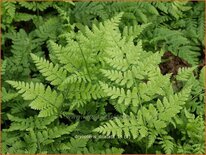
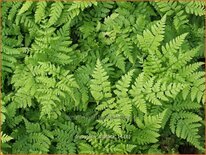
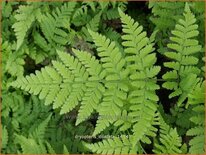
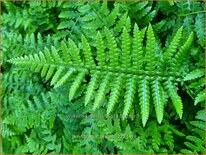
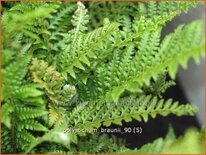
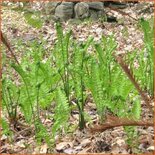
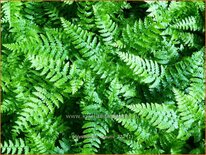
Ferns
The lack of flowers in ferns can be a reason for some gardening enthusiasts not to use them. But ferns deserve a place in the garden because they display the most beautiful shades of green (especially in spring) and leaf shapes. There is a suitable location for ferns in almost every garden. Both in groups and as solitary plants, ferns create atmosphere and special effects. They form a beautiful contrast to other plants with which they are combined. In a shady garden, ferns are even an indispensable basic planting.Be inspired by the ferns you see above!.
Ferns reproduce by means of small spores, which are usually found on the underside of the leaf and are brown or green in colour. When the spores are ripe, they fall to the ground, where they germinate under favourable conditions. However, it takes quite a while for a spore to turn into a fern. In our ‘tidy’ gardens, it usually doesn't get that far.
As a rule, ferns grow in (slightly) damp locations where excess water can easily drain away. Here, ferns can develop into impressive plants and live for many years. Ferns do not grow exclusively in a moist environment. In the wild, they also grow on old city walls, in cracks and between tree stumps (e.g. Asplenium and Dryopteris filix-mas). Little water reaches these places. In order to survive, they must therefore be able to tolerate drought well. In such places, however, the plants remain more modest in size and height.
In gardens, ferns prefer to grow in humus-rich, well-drained soil and in light to full shade. The taller species are best planted in locations where it is not too windy. Direct sunlight, even in combination with wind, causes the leaves to dry out and burn. There are a few species that tolerate sun and dry, nutrient-poor soil (e.g. Cheilanthes). Locations at the edge of ponds or other damp areas are ideal for ferns because of the high humidity.
Caring for ferns is uncomplicated: Fertilising and pruning is not necessary, there are no snails and other vermin. The only thing you need to do is cut off old leaves in spring, which you can leave under the ferns.


